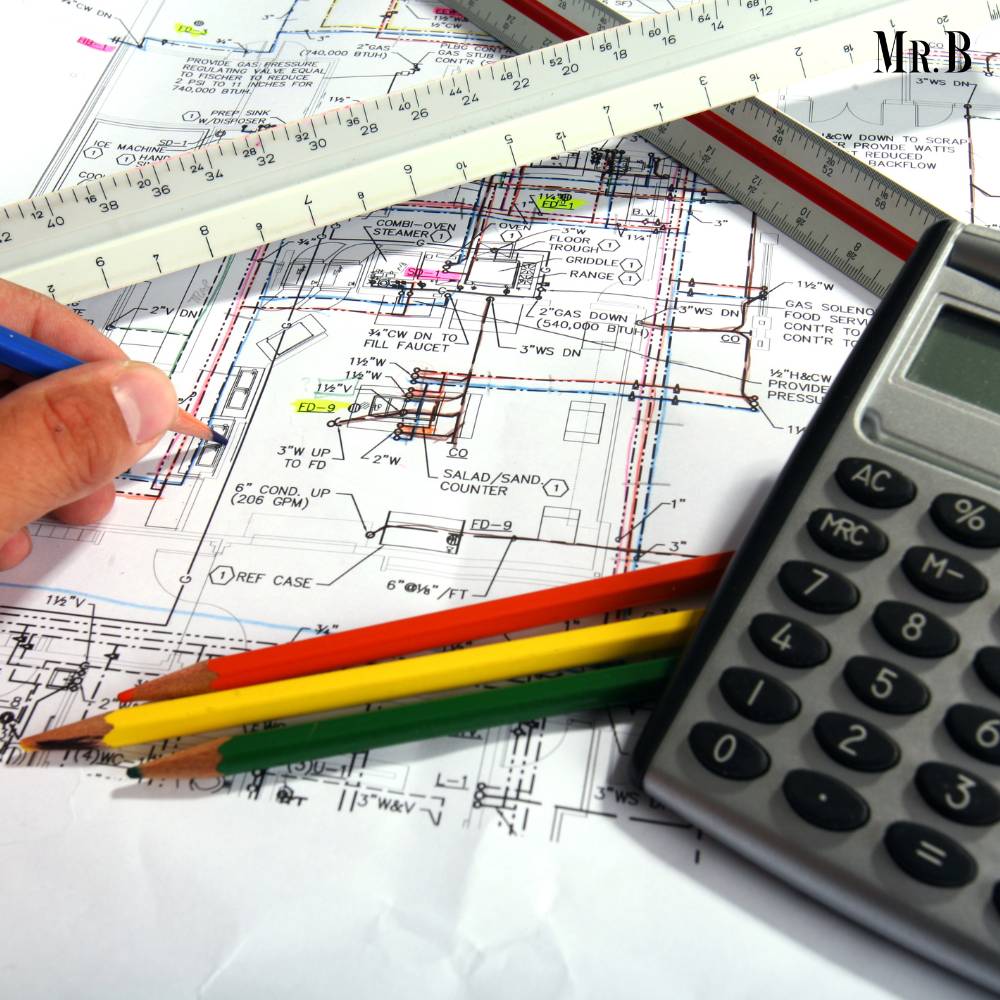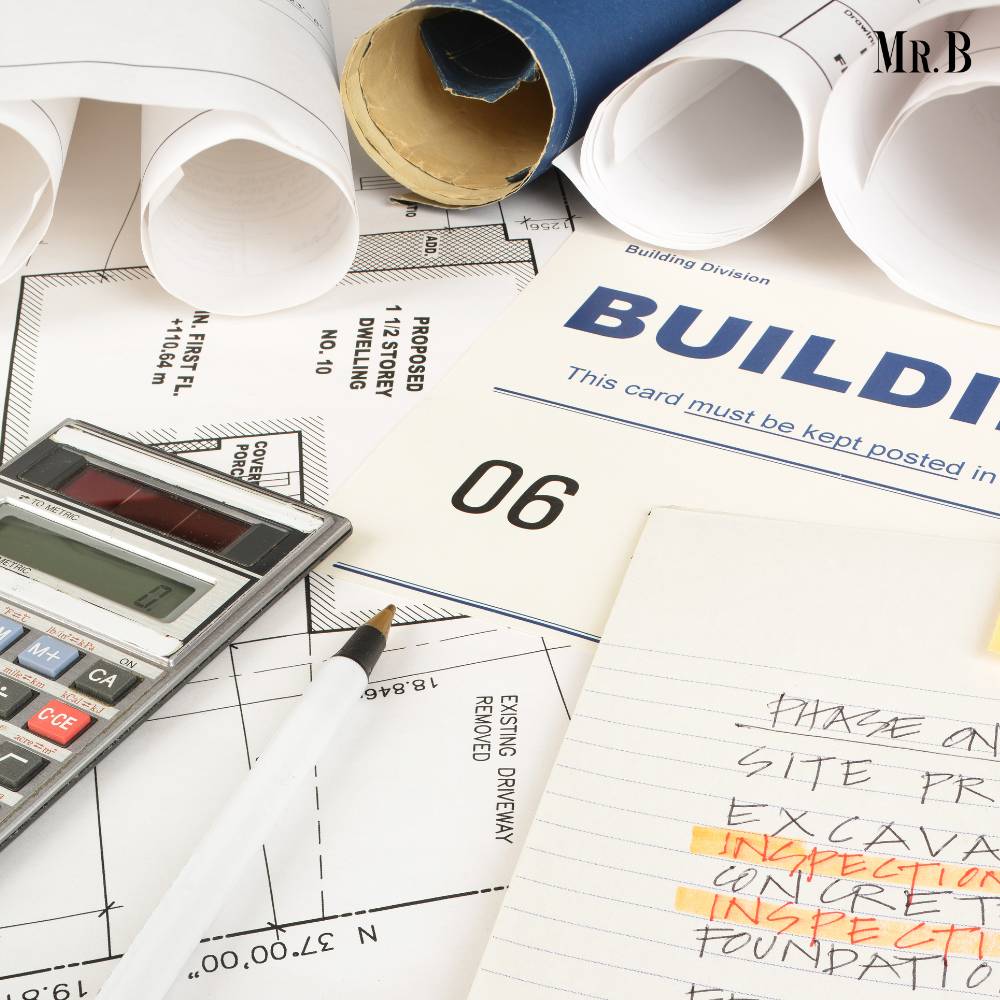Mastering Construction Estimating: A Comprehensive Guide for Contractors
- Category: Manufacturing

Construction estimating is a critical aspect of any construction project, serving as the foundation for accurate budgeting and project planning. Whether you’re a seasoned contractor or a novice in the construction industry, understanding the ins and outs of this estimating is essential for success. In this comprehensive guide, we’ll delve into the intricacies of the estimating, exploring its importance, key methods, best practices, and common challenges faced by contractors.
Importance:
Construction estimating plays a pivotal role in the success of construction projects, serving as the blueprint for project planning and budgeting. Accurate estimates ensure that projects are completed within budget and on schedule, helping contractors avoid costly delays and overruns. By meticulously estimating costs for materials, labor, equipment, and overhead expenses, contractors can provide clients with transparent pricing and maintain profitability. Additionally, precise estimates enable contractors to identify potential risks and challenges early in the project lifecycle, allowing for proactive mitigation strategies.
Methods:
There are several methods used in construction estimating, each tailored to suit different project requirements and complexities. Some common methods include:
1.Unit Cost Estimating:

This method involves estimating costs based on predetermined unit rates for materials, labor, and other resources. Unit cost estimating is ideal for projects with well-defined scopes of work and repetitive tasks, such as residential construction or renovation projects.
2.Parametric Estimating:
Parametric estimating relies on historical data and mathematical models to estimate costs based on project parameters, such as square footage or unit count. This method is often used for large-scale projects with standardized components, such as commercial buildings or infrastructure projects.
3.Bottom-Up Estimating:
Bottom-up estimating involves breaking down a project into individual tasks or components and estimating the cost of each item. Contractors then aggregate these costs to arrive at a total project estimate. Bottom-up estimating is highly detailed and provides a comprehensive understanding of project costs but can be time-consuming.
4.Analogous Estimating:
Also known as top-down estimating, analogous estimating relies on historical data from similar past projects to estimate costs for current projects. While less accurate than other methods, analogous estimating is useful for preliminary budgeting and early-stage project planning.
Best Practices for Construction Estimating:
To ensure accurate and reliable estimates, contractors should adhere to the following best practices:

1.Gather Detailed Project Information:
Obtain comprehensive project plans, specifications, and scope documents to understand project requirements thoroughly.
2.Utilize Estimating Software:
Leverage specialized construction estimating software to streamline the estimating process, improve accuracy, and generate detailed cost breakdowns.
3.Regularly Update Cost Data:
Stay informed of current market trends, material prices, and labor rates to ensure that estimates reflect the latest industry standards and fluctuations. Z
4.Collaborate with Stakeholders:
Involve key project stakeholders, such as architects, engineers, and subcontractors, in the estimating process to gather valuable insights and ensure alignment with project goals.
5.Review and Validate Estimates:
Conduct peer reviews and validations of estimates to identify potential errors or discrepancies and ensure accuracy before finalizing project budgets.
Common Challenges:
Despite its importance, construction estimating presents various challenges that contractors must navigate:
1. Uncertainty in Project Scope:
Incomplete or ambiguous project specifications can lead to inaccurate estimates and unexpected cost overruns.
2. Fluctuating Material Prices:
Volatility in material prices due to market fluctuations or supply chain disruptions can impact the accuracy of estimates and affect project profitability.
3. Labor Shortages:
Skilled labor shortages and wage fluctuations can pose challenges in accurately estimating labor costs and resource availability.
4. Scope Creep:
Changes to project scope or client requirements during the construction process can result in additional costs and schedule delays if not adequately accounted for in the initial estimate.
5. Competitive Pressures:
Pressure to submit low bids in competitive bidding environments can lead to underestimation of project costs and potential financial losses for contractors.

Purpose of construction estimating:
Construction estimating plays a pivotal role in the successful execution of construction projects. At its core, it involves predicting the costs associated with various aspects of a construction project, from materials and labor to equipment and overhead expenses. This essential process enables project stakeholders to make informed decisions regarding budgeting, resource allocation, and project feasibility.
It serves multiple purposes, all of which contribute to the overall efficiency and profitability of a construction project. Firstly, it helps project owners and developers determine the financial viability of a proposed construction endeavor. By accurately estimating costs upfront, stakeholders can assess whether the project aligns with their budgetary constraints and financial objectives.
Moreover, the estimating serves as a foundation for project planning and scheduling. By quantifying the anticipated costs of materials, labor, and other resources, construction estimators can develop detailed project budgets and timelines. This information allows project managers to allocate resources effectively, anticipate potential challenges, and develop strategies to mitigate risks.
Furthermore, construction estimating facilitates transparent communication and collaboration among project stakeholders. By providing detailed cost breakdowns and projections, estimators enable stakeholders to make informed decisions and adjustments throughout the project lifecycle. Additionally, accurate estimating helps prevent cost overruns and delays, ensuring that projects are completed within budget and on schedule.
FAQs:
Q.1. What is construction estimating?
It is the process of forecasting the costs associated with a construction project, including materials, labor, equipment, and overhead expenses.
Q.2. Why is this estimating important?
Accurate estimating is essential for budgeting, project planning, and ensuring project profitability. It helps contractors avoid cost overruns, delays, and disputes with clients.
Q.3. What methods are used in construction estimating?
Common methods of this type of estimating include unit cost estimating, parametric estimating, bottom-up estimating, and analogous estimating.
Q.4. How can contractors improve their construction estimating process?
Contractors can improve their estimating process by utilizing estimating software, regularly updating cost data, collaborating with stakeholders, and adhering to best practices.
Q.5. What are some common challenges in this type of estimating?
Common challenges in the estimating include uncertainty in project scope, fluctuating material prices, labor shortages, scope creep, and competitive pressures.







